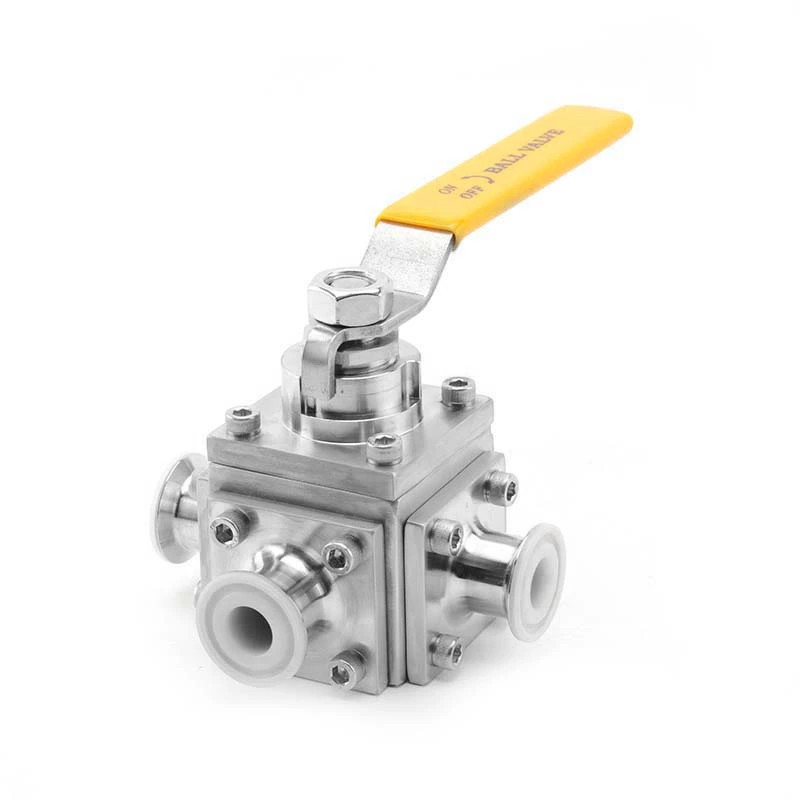What Are The Common Types And Characteristics Of Fluorine-lined Valves?
Sanitary Valve is a working surface that contacts the fluid internally and is covered with polytetrafluoroethylene (PTFE) or other fluorine-containing polymer materials, such as FEP (fluorinated ethylene propylene), PFA (perfluoroalkoxy resin), etc. These fluorine-containing materials have excellent corrosion resistance, high temperature resistance and low friction coefficient, making fluorine-lined valves particularly suitable for handling highly corrosive media, such as acids, alkalis, salt solutions and organic solvents.
Common types of fluorine-lined valves:
Fluorine-lined ball valve: The inside of the ball and the sealing surface are lined with fluoroplastics to control the switch of the fluid.
Fluorine-lined butterfly valve: The valve plate and valve seat are lined with fluoroplastics, which are suitable for flow control in large-diameter pipelines.
Fluorine-lined stop valve: The valve disc and valve seat are lined with fluoroplastics to control the flow and direction of the fluid.
Fluorine-lined diaphragm valve: The on-off of the fluid is controlled by the up and down movement of the diaphragm, and the diaphragm and the inner cavity of the valve body are lined with fluoroplastics.
Fluorine-lined plug valve: The plug and the inner cavity of the valve body are lined with fluoroplastics for fast switching and control of the fluid.
